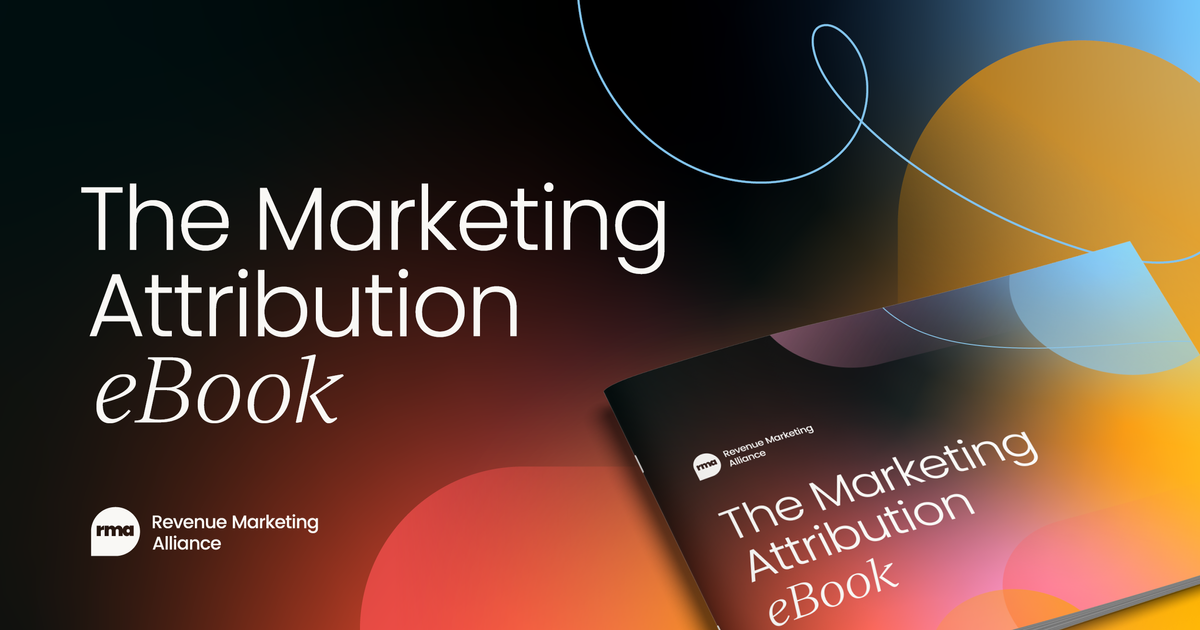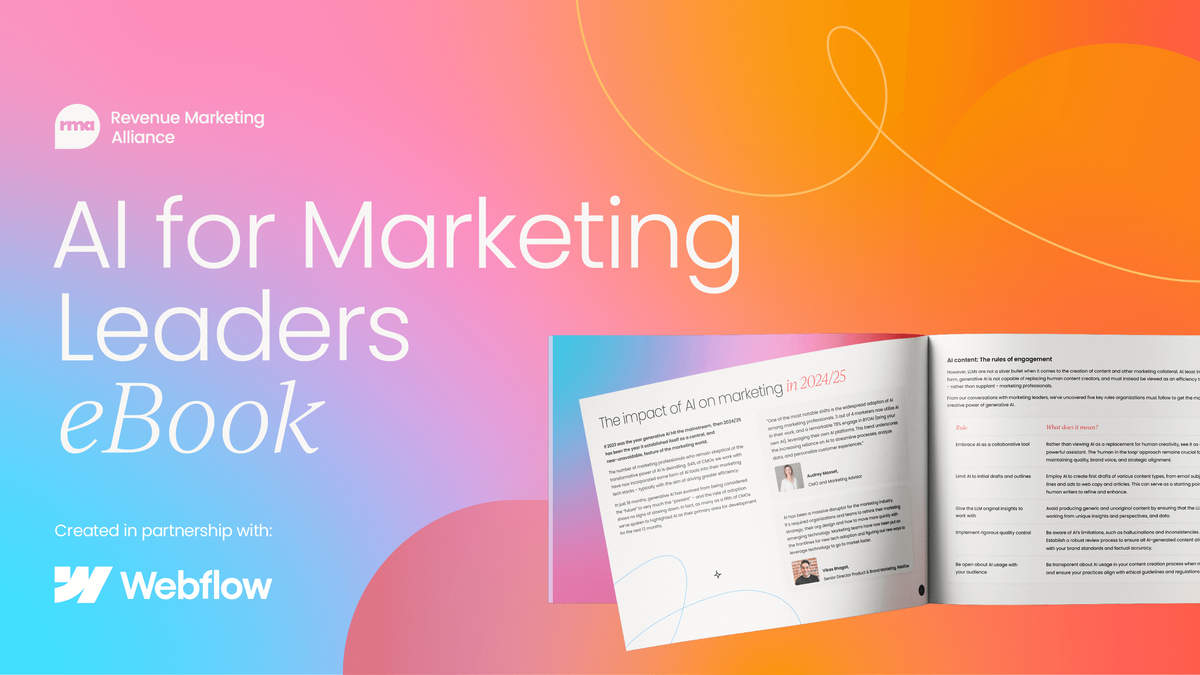Brands, much like living organisms, evolve over time to adapt to their surroundings, grow, and transform to meet the ever-changing needs of the marketplace. Rebranding is often an essential step for companies looking to stay relevant and maintain their position in a competitive market.
This process involves more than just a change in logo or slogan; it's a strategic shift that requires careful consideration of the brand's values, audience, and aspirations. Rebranding is a delicate operation, akin to a caterpillar emerging from its cocoon, hoping to be embraced as a butterfly by its admirers.
But, much like this natural process, it’s fraught with risks—how can a brand successfully attract new audiences without alienating the loyal customers who have supported the brand for years?
The challenge of maintaining legacy customer loyalty while attracting new customers requires a deep understanding of what the brand stands for, its emotional connection with its audience, and the evolving trends in the market.
It is a balancing act that involves acknowledging and respecting the brand's past while setting its sights on the future.
Let's take a closer look at Jaguar’s rebranding strategy, which exemplifies how a brand can transform while keeping its core audience engaged, and explore some other notable rebranding efforts—both successful and unsuccessful—that highlight valuable lessons in the process.

Jaguar’s evolution: Speed meets sophistication
Few brands have embraced evolution and reinvention with as much grace and sophistication as Jaguar. With a rich history that dates back to 1922, Jaguar has long been a symbol of luxury, elegance, and British aristocracy.
For decades, the brand has been associated with high-end vehicles that epitomize craftsmanship, performance, and exclusivity. However, as the automotive industry underwent a seismic shift towards electrification, sustainability, and cutting-edge technology, Jaguar found itself at a crossroads.
The traditional luxury car market was evolving, and the brand risked being left behind if it did not adapt. The pressure to modernize and align with changing consumer values, particularly a younger, eco-conscious demographic, was undeniable.
Jaguar's rebranding effort was not just about updating its image; it was about positioning itself as a forward-thinking, innovative brand that could combine its storied history with a vision of a sustainable, electrified future.
The cornerstone of this transformation was Jaguar’s commitment to electrification, which was exemplified by the launch of the I-PACE, the company’s first all-electric luxury vehicle.
The I-PACE retained the essential elements of the Jaguar brand—grace, power, and sophistication—while catering to an emerging market of environmentally-conscious consumers who still valued luxury and performance.
One of the most notable aspects of Jaguar’s rebranding was its decision to retain the iconic leaping feline logo. While the logo was modernized with sleeker lines, the leaping jaguar remained a recognizable and consistent symbol of the brand’s heritage.
This move signaled to both legacy customers and potential new buyers that Jaguar was evolving but still rooted in its core values of luxury, performance, and craftsmanship.
By maintaining this visual continuity, Jaguar was able to reassure its long-standing customers that the brand’s essence remained intact, even as it embraced a new, innovative future.
Furthermore, Jaguar’s marketing efforts clearly communicated the brand’s transformation. The company’s mission to become an all-electric luxury carmaker by 2025 was prominently featured in its advertisements and promotional materials.
This clear and forward-thinking vision helped to galvanize new audiences while ensuring that legacy customers were kept informed and engaged throughout the rebranding process.
The outcome of Jaguar’s bold rebranding strategy has been widely praised. The brand successfully merged its rich heritage with a sustainable future, attracting a new generation of luxury buyers while maintaining the loyalty of its traditional customers.
Jaguar’s rebranding serves as a powerful example of how a brand can stay true to its roots while evolving to meet the demands of an ever-changing marketplace.

The balancing act: Key insights from Jaguar’s rebranding
Honor the legacy
Successful rebranding is about honoring the past, not erasing it. Jaguar’s continued focus on craftsmanship, design, and high-performance vehicles reassured long-time customers that the brand’s essence was still present, even as it embraced a new identity.
Rebranding should build on a brand's legacy, rather than dismissing it altogether, to ensure a smooth transition for existing customers.
Communicate the vision
One of the most important elements of any rebranding effort is the communication of a clear and compelling vision. Jaguar’s marketing emphasized its mission of becoming an all-electric luxury carmaker by 2025, effectively conveying the brand’s goals and future direction to both new and existing customers.
By presenting a transparent and forward-looking vision, Jaguar was able to create excitement around its transformation while keeping its loyal customers in the loop.
Deliver authentic change
Rebranding is most successful when it is backed by tangible, real-world changes. Jaguar’s substantial investment in electric vehicle technology and sustainable practices helped solidify its commitment to its new identity.
Without genuine action behind the rebranding effort, the transformation would have come across as superficial and insincere. Jaguar’s commitment to change was not just skin-deep—it was evident in its products, its strategy, and its operations.
When rebranding misses the mark: Gap’s logo debacle
While Jaguar’s rebranding has been met with positive feedback, not all rebranding efforts have achieved the same level of success. One of the most infamous missteps in rebranding history was Gap’s ill-fated 2010 logo redesign.
In an attempt to signal a fresh new direction, Gap replaced its iconic blue box logo with a more minimalist design that many felt lacked character and identity. The reaction from loyal customers was swift and overwhelmingly negative. The new logo felt disconnected from the brand’s heritage, and customers felt that it disregarded the emotional attachment they had to the original design.
The backlash was immediate, with customers taking to social media to voice their disapproval. Within a matter of days, Gap reversed its decision and returned to the original logo—a costly and embarrassing lesson in the importance of understanding and respecting customer sentiment.
The Gap logo debacle highlights the dangers of rebranding without first considering the emotional bonds customers have with a brand's visual identity.

Other rebranding successes and lessons
Dunkin’ (formerly Dunkin’ Donuts)
In 2018, Dunkin’ dropped “Donuts” from its name, signaling a shift toward a broader menu that included more beverage options and healthier choices. This move was successful because it resonated with younger, health-conscious consumers while maintaining the brand's iconic imagery and colors.
Dunkin' retained its core audience of coffee lovers while appealing to a new generation of consumers.
Tropicana’s packaging redesign failure
In 2009, Tropicana redesigned its packaging, opting for a minimalist design that eliminated its iconic "orange with a straw" imagery. The new design confused customers, leading to a 20% drop in sales within two months.
This incident underscores the importance of maintaining recognizable brand elements when undergoing a rebranding process to avoid confusion and customer alienation.
The dual challenge: Winning new hearts while keeping old ones
Rebranding is not just a cosmetic update; it is a strategic effort to evolve with the times while remaining true to a brand’s essence. A successful rebrand requires finding the right balance between innovation and tradition—offering something fresh and exciting to new customers without alienating the loyal customers who helped build the brand in the first place.
Brands that navigate this delicate balancing act with care can transform themselves into modern, forward-thinking entities while retaining the trust and loyalty of their long-standing customer base.
Jaguar’s successful rebranding demonstrates that it is possible to honor the past, communicate a compelling vision for the future, and make tangible changes that resonate with both legacy and new customers.
As we’ve seen with Jaguar, Dunkin’, and others, a well-executed rebranding strategy can rejuvenate a brand’s image, broaden its appeal, and secure its position in the market for years to come. However, as the failures of Gap and Tropicana illustrate, rebranding is a high-stakes endeavor that must be handled with care, empathy, and a deep understanding of the brand’s audience.
In conclusion, rebranding, when done correctly, is not an end but a new beginning—a way to refresh and rejuvenate a brand while maintaining the emotional connection that customers have built with it over time.
By respecting the past, embracing the future, and communicating the changes clearly, brands can successfully navigate the challenges of rebranding and emerge stronger than ever before.
About the author
Dr. Islam Gouda is a young professional with a passion for marketing. Dr. Gouda has an honorary doctorate from the University of California in Strategic Marketing. He also has a master's degree from Florida State University and an American University of Sharjah graduate in Marketing and Management.
Dr. Gouda has marketing-focused business experience with a strong analytical ability to use available market data for strategic marketing, business development, and product development purposes along with the identification of new business opportunities and measurement of ROI.
Dr. Gouda's specialties include leadership and communications skills with the ability to adapt to a wide variety of cultures and to manage and work as part of cross-functional teams.
Get your copy of the AI for Marketing Leaders ebook to get inspired by real-world case studies from CMOs who are successfully integrating AI, get strategies for building an AI-enhanced Martech stack, learn which pitfalls to avoid, and more.




 Follow us on LinkedIn
Follow us on LinkedIn






